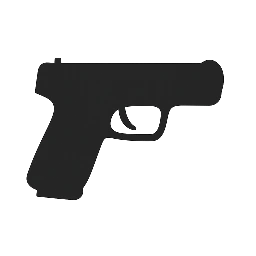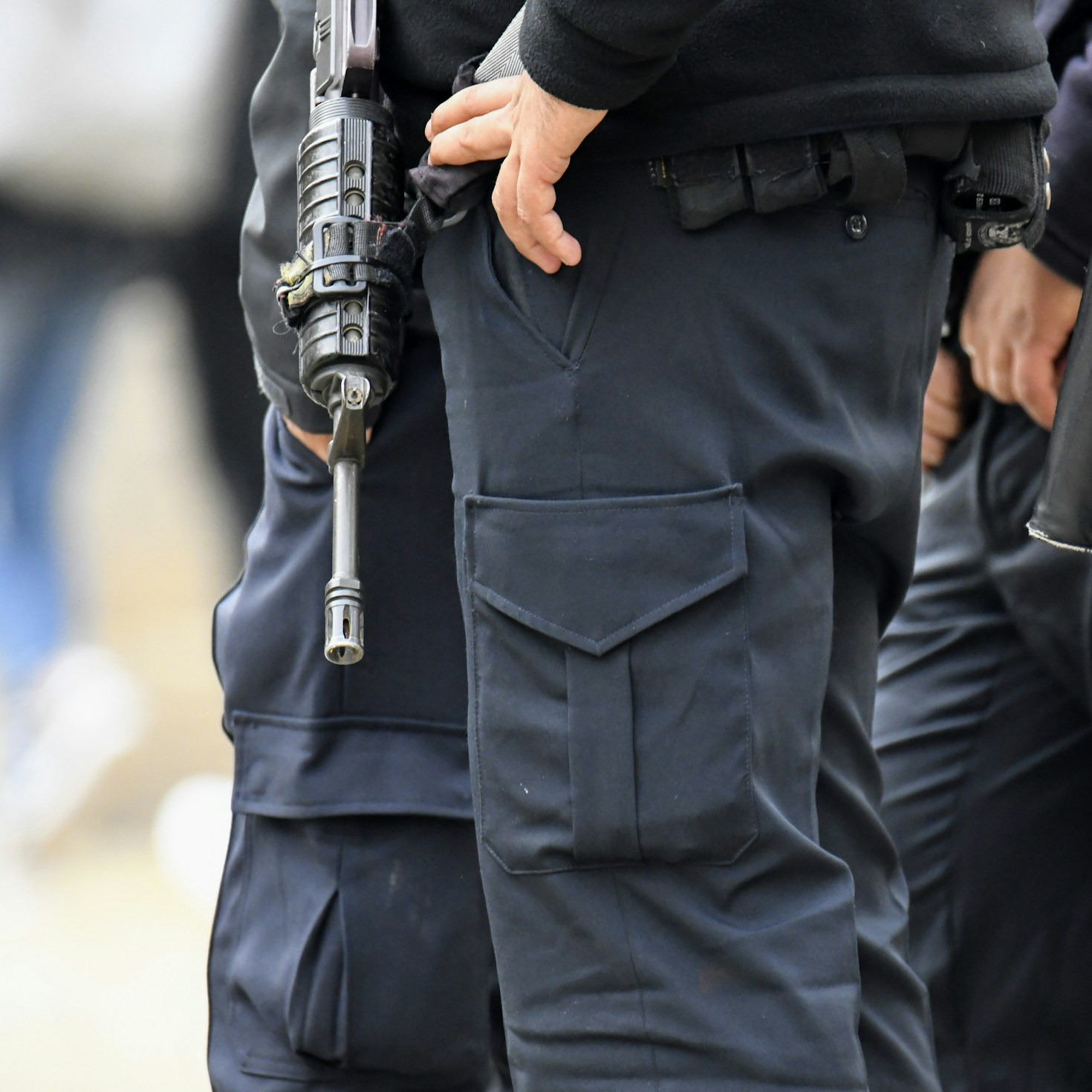Purchasing your first firearm is an exciting milestone—but it can also be intimidating. The market is packed with countless makes, models, calibers, and purposes. Should you get a handgun or a rifle? What caliber is best? What’s the difference between striker-fired and hammer-fired guns?
If you’re just beginning your journey into firearm ownership, this guide is designed to help you make a smart, safe, and confident decision based on your goals, lifestyle, and level of experience.
Step 1: Define the Purpose
Before stepping into a gun store, ask yourself: Why do I want a firearm? Your answer determines everything that follows.
Skill-building and sport: You may want to start with a lower-caliber, affordable-to-shoot gun for consistent practice and development.
Home defense: You’ll want something reliable, easy to use under pressure, and with manageable recoil. Many first-time buyers choose a shotgun or a full-size handgun.
Personal carry (concealed carry): You’ll need something smaller, lightweight, and easy to conceal—usually a compact or subcompact handgun.
Target shooting or hobby: Look for accuracy, comfort, and ease of use. A .22 LR pistol or rifle is excellent for beginners.
Hunting: Your firearm should match the type of game you plan to hunt—deer, birds, or varmints all require different calibers and styles.
Your first gun shouldn’t impress others—it should fit your hand, your purpose, and your responsibility.
Buying a firearm is not about fear or fantasy—it’s about preparation, respect, and a lifelong commitment to safety.


Step 2: Choose the Right Type of Firearm
There are three main types of firearms to consider as a beginner: handguns, rifles, and shotguns.
Handguns
- Best for: Home defense, concealed carry, and training
- Pros: Compact, easy to store, fast to deploy, suitable for self-defense
- Cons: Higher learning curve for accuracy; limited range and stopping power compared to long guns
Types of handguns:
- Revolvers: Fewer parts, often simpler to operate, very reliable.
- Semi-automatics: Higher capacity, faster reload, slimmer design—more common for defense and carry.
Rifles
- Best for: Hunting, long-distance target shooting, and home defense
- Pros: Accurate at long ranges, customizable, stable
- Cons: Larger size, less portable
A .22 caliber rifle is often recommended for new shooters—it’s light on recoil and inexpensive to shoot.
Shotguns
- Best for: Home defense, hunting birds or small game
- Pros: Powerful, effective at short range, excellent deterrent
- Cons: Strong recoil, slower reload, less accurate beyond short range
Step 3: Select the Caliber
Caliber refers to the diameter of the bullet, and it determines both the recoil and the effectiveness of your firearm. Here’s a quick guide to popular calibers for beginners:
- .22 LR: Perfect for learning and target shooting. Low recoil and inexpensive ammo.
- 9mm: Ideal for self-defense handguns. Manageable recoil, good stopping power, widely available.
- .380 ACP: Smaller than 9mm; easier recoil but with less power—common in ultra-compact carry guns.
- .38 Special / .357 Magnum: Found in revolvers. .38 has light recoil; .357 is more powerful but can also shoot .38 rounds.
- 12-gauge or 20-gauge (shotguns): 12-gauge is powerful, 20-gauge is softer recoiling and easier for smaller users.
Step 4: Try Before You Buy
One of the smartest things you can do is test different firearms at a local range. Many ranges offer rental options so you can try various handguns, rifles, and shotguns before making a purchase.
Pay attention to:
- Ergonomics: How does it feel in your hand or on your shoulder?
- Weight and balance: Can you hold it comfortably for extended periods?
- Controls: Are the safety, slide, magazine release, and sights easy to use?
- Recoil: Can you handle the recoil without losing control or comfort?
The gun that “looks coolest” might not be the one you shoot best.
Step 5: Consider Size and Concealability
If your primary goal is concealed carry, you’ll want a compact or subcompact handgun. For example:
- Glock 43X
- Sig Sauer P365
- Smith & Wesson M&P Shield Plus
These are small enough to hide under clothing but powerful enough for self-defense. However, smaller guns often have more felt recoil and smaller grips, which may affect your accuracy. Practice is key.
If you’re focused on home defense, size is less important. A full-size handgun like a Glock 17, a 12-gauge shotgun, or even a carbine like an AR-15 (depending on your local laws) could all be good choices.
Step 6: Understand Your Budget
Buying a firearm is only part of the total cost. You’ll also need:
- Ammunition
- A gun safe or lockbox
- Eye and ear protection
- A holster (for carry)
- Cleaning supplies
- Range membership or training classes
Entry-level handguns can range from $300–$600. Rifles and shotguns may vary from $200 for a basic .22 to $1,000+ for tactical models. Don’t forget: safety and training are priceless investments.
Step 7: Know the Law
Before you buy, understand your state and local gun laws:
- Are background checks required?
- Do you need a license or permit?
- Are certain firearms restricted or banned?
- Can you legally carry concealed or open carry?
- Are there waiting periods or storage requirements?
Responsible ownership means staying informed and compliant at all times.
Step 8: Commit to Training
Owning a gun without knowing how to use it is like owning a car without knowing how to drive. Take a certified safety and handling course. Learn the laws. Practice regularly at the range.
As gun safety expert Col. Jeff Cooper said:
“Owning a handgun doesn’t make you armed any more than owning a guitar makes you a musician.”
Skill, knowledge, and judgment are what make you truly prepared.
Final Thoughts
Choosing your first firearm is a deeply personal decision—but it doesn’t have to be a confusing one. Start by clearly defining your purpose, then choose a gun that fits your needs, body type, and skill level. Try different models when you can. Get trained. And most importantly, approach firearm ownership with respect, responsibility, and a commitment to safety.
When chosen wisely, your first gun can be a tool of protection, a gateway to sport, and a lifelong skillset that serves you well.
Next Step: Visit a local range, sign up for a basic safety class, and start your firearm journey informed, empowered, and safe.


Leave a Reply